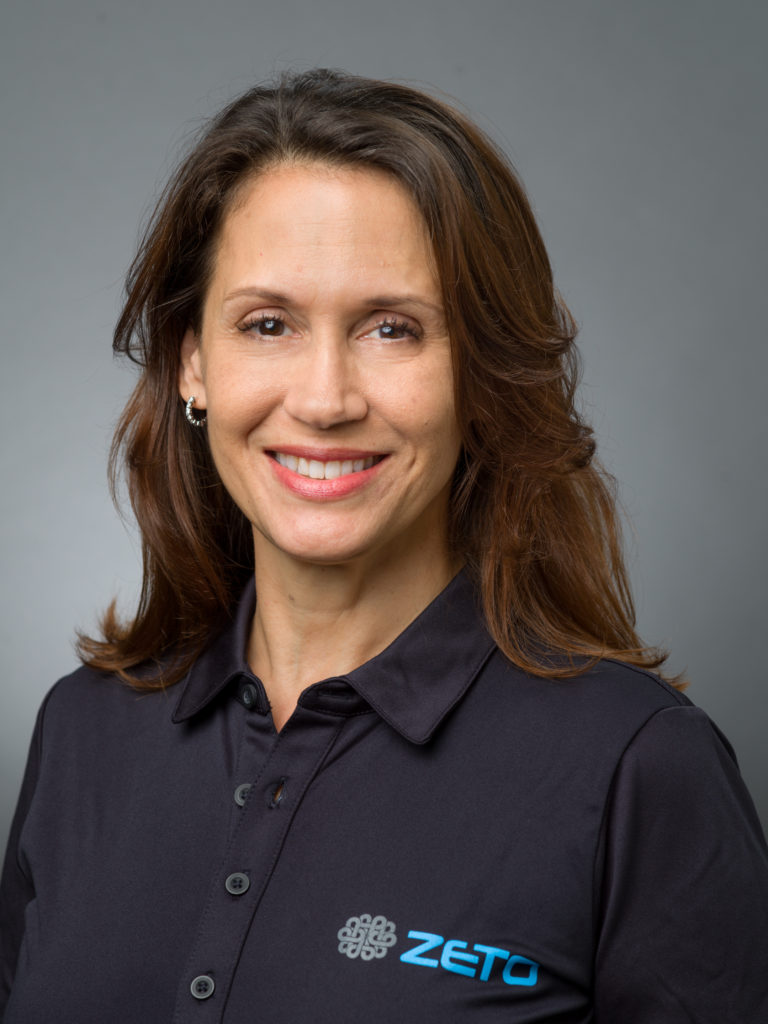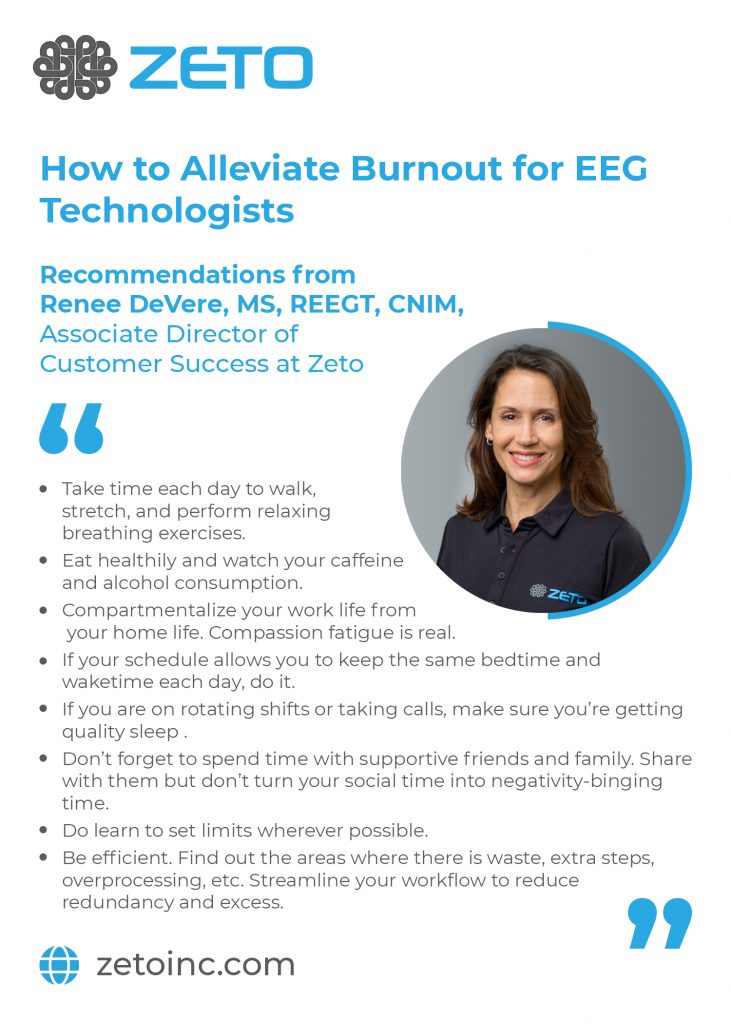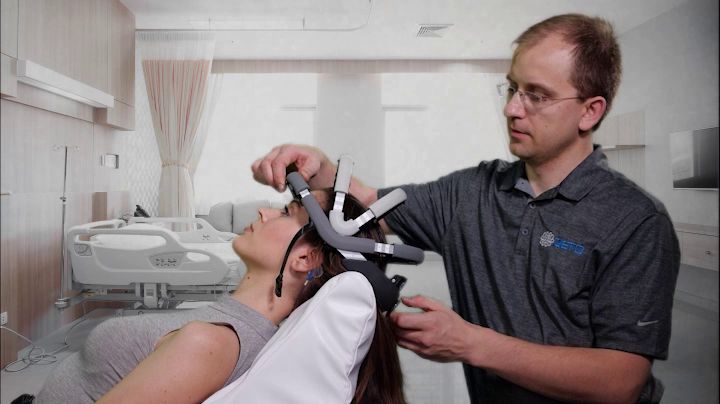As with all healthcare professions, neurodiagnostic technologists struggle with staffing shortages, unpredictable situations, and caring for patients with life-threatening physiological disorders. While many healthcare roles have shortages, qualified neurodiagnostic technologists are a rare breed and positions can go unfilled for many months.
In healthcare, there are many things around you that may be out of your control, but you can control how you respond to stressors by being proactive rather than reactive.
Burnout in healthcare workers is very real and is a major concern. Recognize it before it gets worse – people are often so busy that they don’t notice they’re burning themselves out until it’s too late.

We asked Renee DeVere, MS, REEGT, CNIM, Associate Director of Customer Success at Zeto, and an experienced registered EEG technologist to share her recommendations on how to alleviate burnout. She also holds a Masters degree in Industrial-Organizational Psychology.
Self-acceptance
Don’t persecute yourself for what you are experiencing. Burnout is not a weakness, it is a physiological condition.
Take time each day to walk, stretch, and perform relaxing breathing exercises.
Eat healthily and watch your caffeine and alcohol consumption. If you’re drinking a lot of caffeine to keep going and then having an alcoholic drink to reverse it at the end of the day, your physical and mental well-being will suffer. It can be a real rollercoaster and it will affect the quality of your sleep as well.
Compartmentalize your work life from your home life; compassion fatigue is real. Acknowledge when you are feeling it and allow yourself to leave your work behind when you get home. You can have compassion for your patients without living in their shoes. Working in healthcare, you have too many shoes to fill.
Sleep
If your schedule allows you to keep the same bedtime and waketime each day, do it. Switching your sleep schedule all the time causes jet lag. Your mind and body will not perform as well.
If you are on rotating shifts or taking calls, make your sleep a quality one. Darken the room, turn off all electronics before bed, if possible, at least an hour before bed, and create a relaxing bedtime routine and a soothing bedroom environment.
Don’t forget to spend time with supportive friends and family. Share with them, but don’t turn your social time into negativity-binging time. Show others you appreciate them and make time for fun.
Set limits
In healthcare, you can’t control when the stat requests come in, when you get called, when you’re on call, or when your colleagues call in sick and leave you shorthanded, but do learn to set limits wherever possible. Sometimes, if your well-being is on the line, you need to learn when to say no and if it is appropriate to do so. If you empower yourself, you can find the line between essential and excessive.
Be efficient
Look at your workflows, processes, etc. Find out the areas where there is waste, extra steps, overprocessing, etc. Streamline your workflow to reduce redundancy and excess so that each action matters and unnecessary actions are eliminated. Work with your team and team leaders to identify and reduce waste. Promote efficiency by making sure you do not run out of materials needed to do the job and finding additional tools and resources to make work faster or simpler.
For managers of healthcare organizations, ensure that your team members have a voice, respect, and resources needed to perform their roles properly.

Technology Helps
Since 1924 when the first EEG was performed, not much has changed when it comes to picking up the signals from the scalp. Measuring the head, marking electrode locations, scrubbing the skin, applying the conductive paste, gluing down the electrodes, and eventually, tethering the patient to a box with wires – EEG technologists’ jobs involve doing all of these steps again and again.
They spend an average of 20 to 40 minutes just on the set-up. And despite the goal of helping patients, the EEG procedure often makes the patient feel sick.
Modern technology has helped make this process easier in recent years. Today, portable EEG devices offer maximum convenience without compromising the quality of the results. For the EEG techs, these devices reduce prep times (they’re easy to put on and adjust, and there’s no messy glue or wires to clean up), and for the patient, they offer increased comfort (for example, Zeto’s electrode tips are gentle on the skin).
New EEG systems are wireless, portable, easy to use, and cloud-based. Also known as rapid EEGs, these devices make EEG technology much more accessible, allowing more people to benefit from it.
What is Rapid EEG?
- EEG performed acutely for new onset of patient events and/or seizures
- Designed to be started within a critical time window with the goal of triaging/treating sooner to prevent brain damage
- Can be placed quickly by bedside care providers
- May be in “screening-quality” category, or may be equivalent to standard EEG quality
EEGs during COVID times
The pandemic in a way drove innovative change in neurodiagnostics. When COVID initially broke out, many healthcare facilities experienced reduced onsite staffing, and EEG studies were only scheduled on-call by EEG staff. Healthcare worker burnout from COVID reached crisis levels. That’s when registered nurses (RN) started using rapid EEG solutions overnight or for acute needs while onsite EEG staff focused on continuous EEG studies.
After returning to a routine when COVID restrictions lessened, rEEG techniques remained and slowly became a part of the daily workflow at many healthcare facilities. Now RNs and other healthcare providers can perform the setup for acute needs.
Zeto’s Role in Assisting EEG Technologists
Zeto’s mission is to make neurodiagnostics accessible to more patients using the latest technologies. Even though the gold standard in obtaining quality neurodiagnostic recordings is to deploy a registered EEG technologist, there is an undeniable shortage of them in the US.
According to statistics, there were a mere 6,500 EEG technologists in 2018, with a likely need of 30,000. Throughout the pandemic, the need for EEG technologists has further increased. We believe that Zeto can help fill this gap by providing time-saving innovations with remarkable simplicity.
The Zeto team sees every day how their technology enhances EEG tech work. Modern EEG technology cannot replace EEG technologists, but it can make their job easier and less burdensome. For example, the Zeto setup process generally takes less than 5 minutes, and it is also convenient for patients because no skin preparation is required and no gel is used. Zeto allows technologists to focus on the most important parts of the EEG study – obtaining quality EEG data, scanning EEG patterns, and alerting neurologists as soon as possible when needed.
“In addition to assisting EEG technologists, we also see a tremendous value of Zeto during triage situations where clinical necessity requires immediate neurodiagnostic testing. In many acute settings, EEG technologists aren’t physically able to arrive soon enough, and ‘time is brain’ for the patient.
In these situations, any trained healthcare professional, such as a nurse, medical assistant, or respiratory specialist, can hook up the patient using Zeto. During recording, it is necessary to know what a high-quality EEG should look like. This is where Zeto’s cloud platform becomes essential. Remotely, using a simple video tool, neurodiagnostic technologists can monitor the EEG in real-time to validate the EEG’s studies quality.
In situations where in-house registered EEG technologists are unavailable, Zeto is partnering with accredited monitoring services that provide live remote video monitoring at an hourly flat rate.

Zeto headsets can bridge the gap until more traditional EEG recordings by registered EEG technologists become available. In the past two years, we saw multiple examples of how Zeto technology helped support providers by making EEGs more accessible even under the most challenging circumstances,” said Florian Strelzyk, Chief Sales Officer at Zeto.
